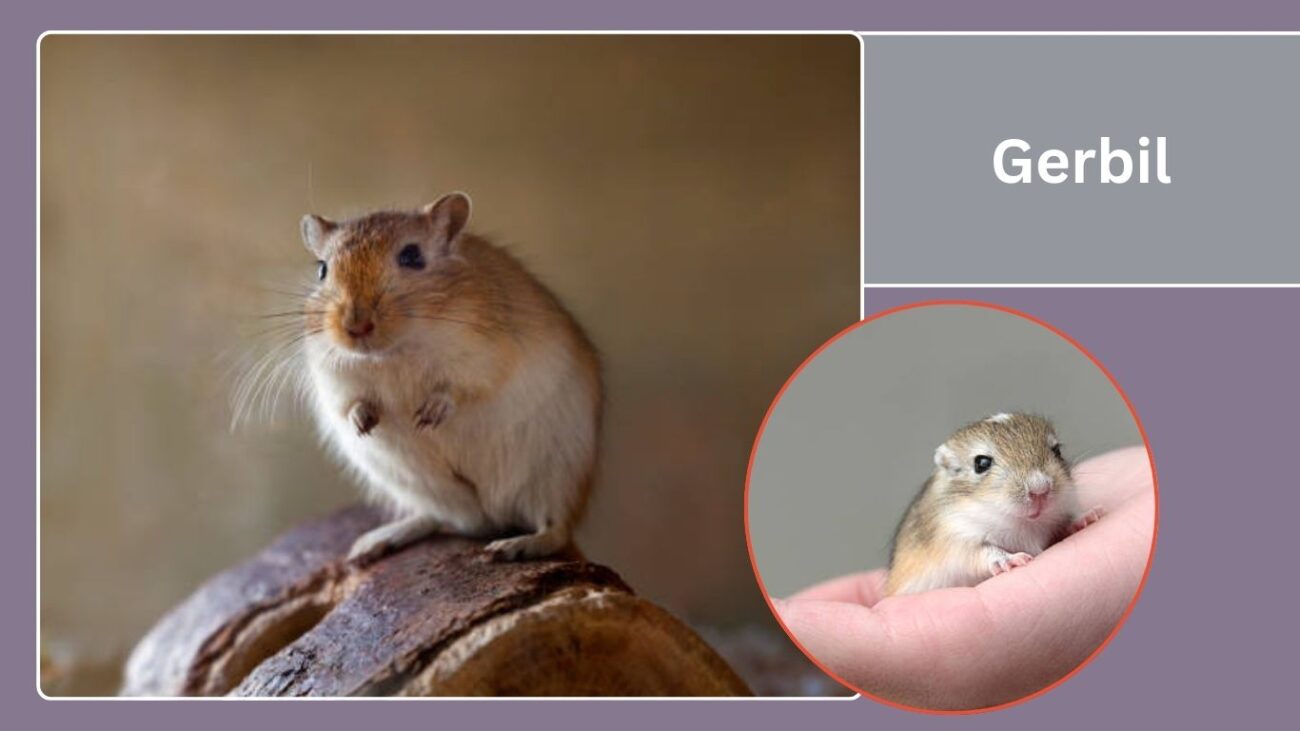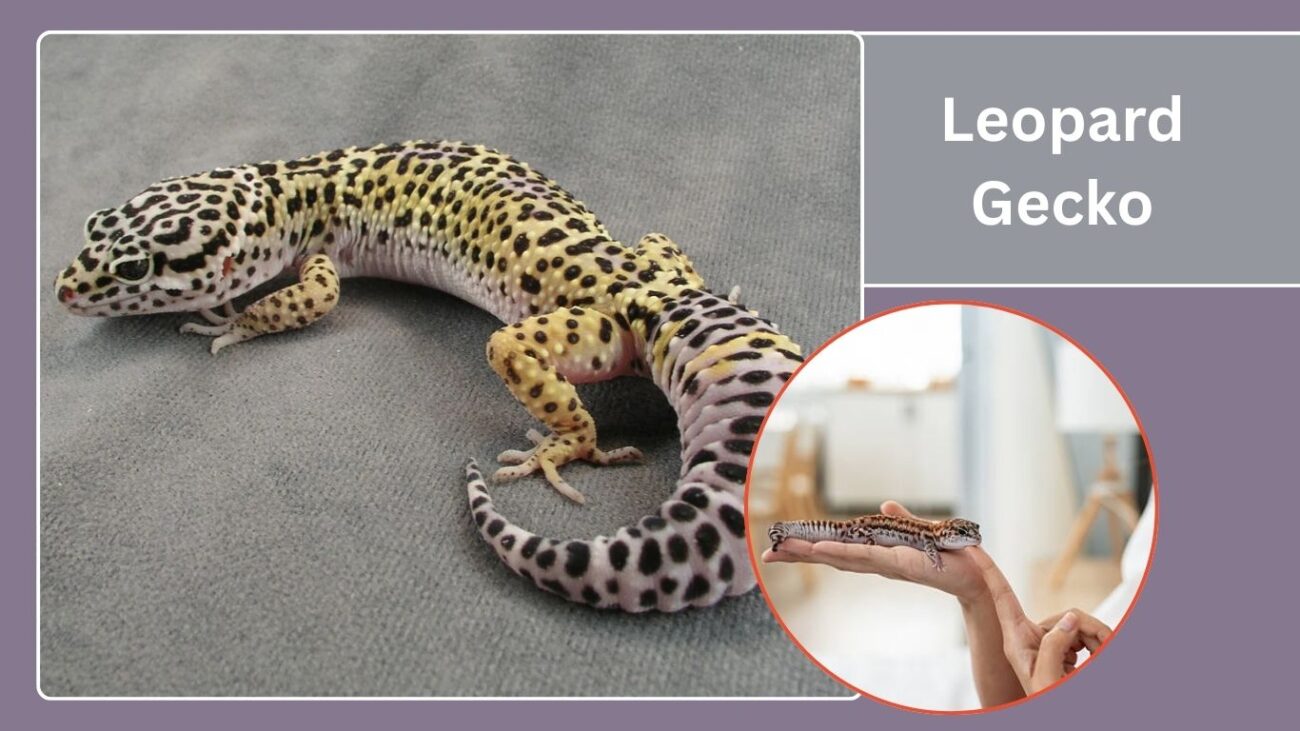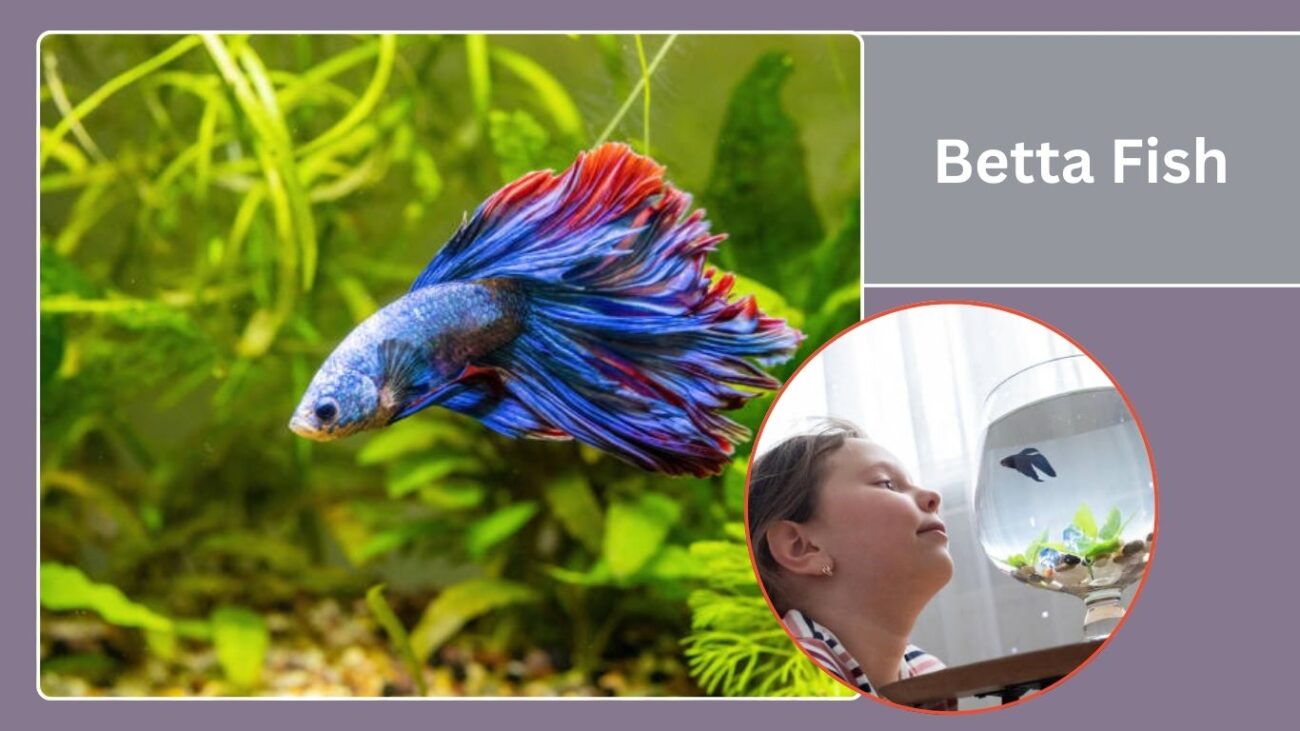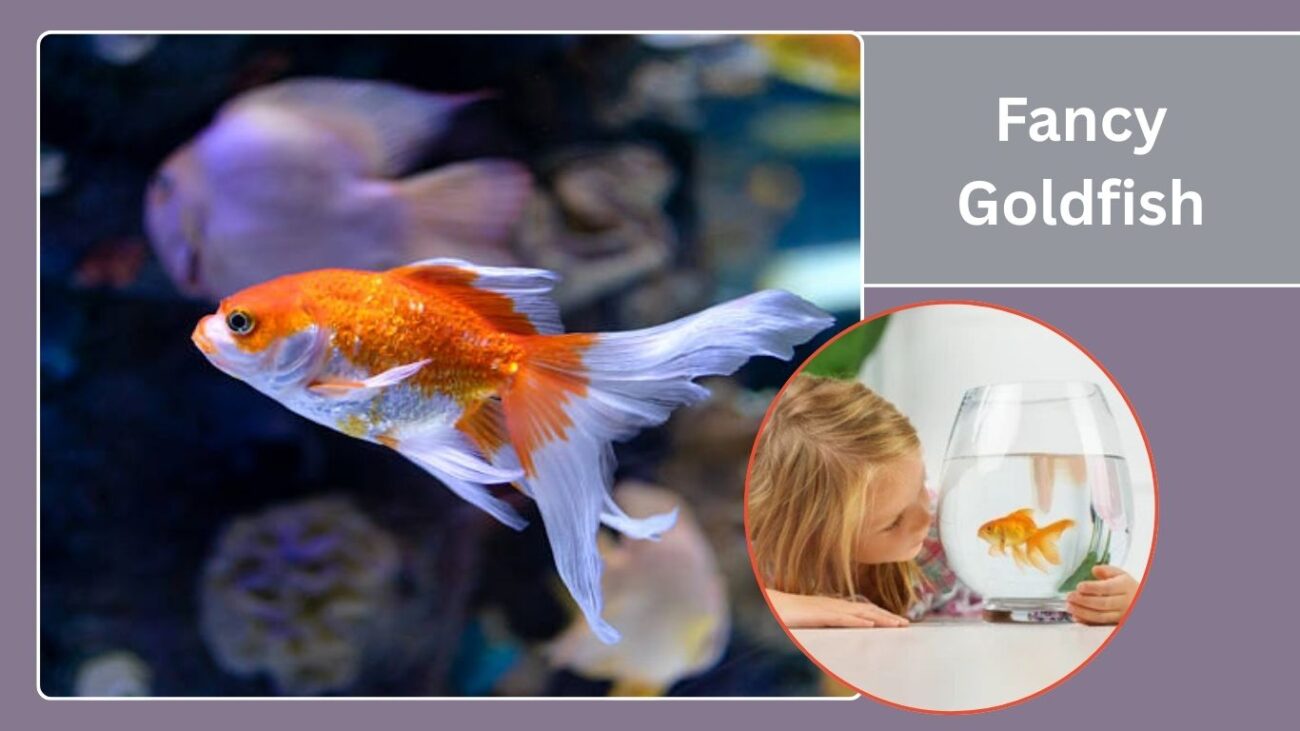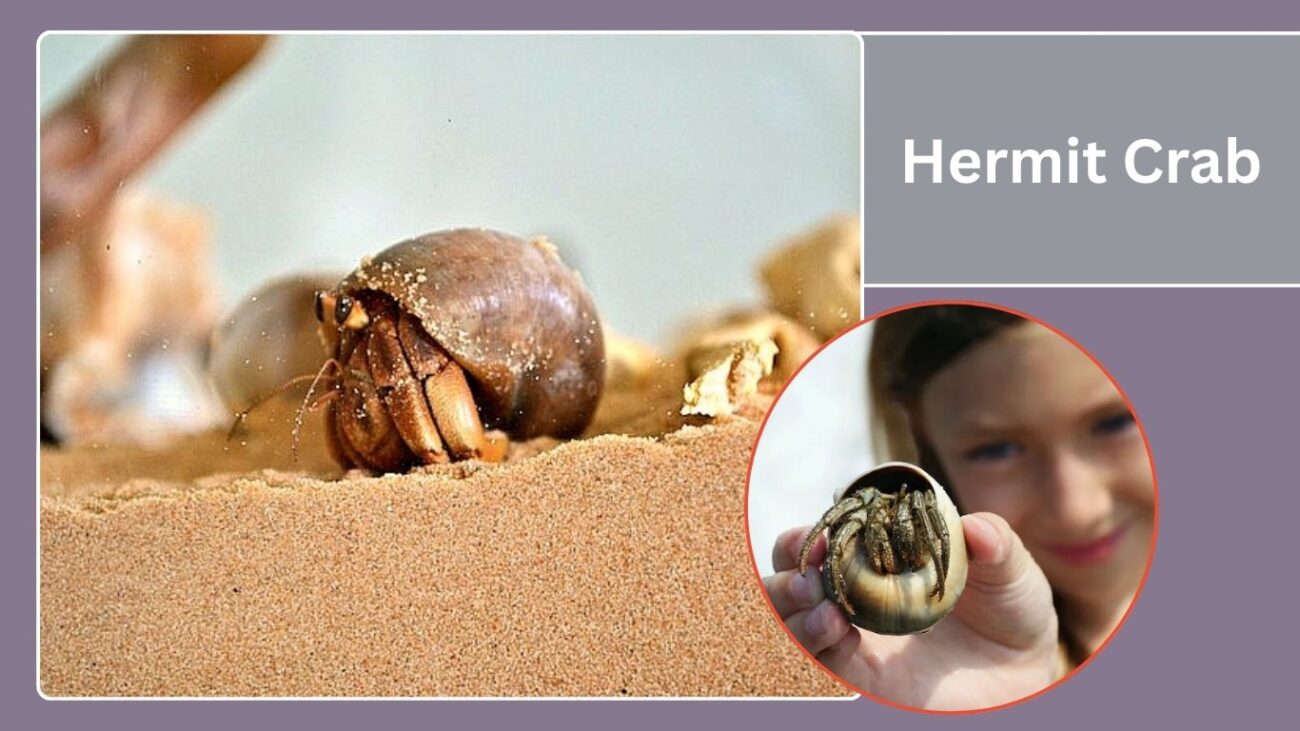Choosing the right pet for children means finding an animal that is friendly, manageable, and teaches responsibility without overwhelming the family. Small pets like guinea pigs, rats, gerbils, hamsters, dwarf rabbits, budgerigars, leopard geckos, betta fish, fancy goldfish, and hermit crabs all offer unique joys. Some are cuddly and interactive, while others are best for observation. This list highlights the best kid-friendly small pets, covering their temperament, care needs, and suitability, so families can find the perfect match for their lifestyle.
1. Guinea Pig
Gentle, social, and chatty, guinea pigs are one of the best small pets for kids. They rarely bite when handled calmly, love daily interaction, and “wheek” excitedly at treat time. They do best in pairs, need roomy housing, and must have unlimited hay to keep teeth and digestion healthy. With a simple routine—clean habitat, fresh hay and greens, and short cuddle sessions—most families find them easy and rewarding companions.
Identification
- Size: ~8–12 in; 700–1,200 g
- Body: sturdy, barrel-shaped; no visible tail
- Coat: smooth, rosette (Abyssinian), or long-haired; many colors
- Ears/Eyes: rounded ears; bright, expressive eyes
- Sounds: wheek, chut, purr, rumble
Temperament & Suitability for Kids
Calm, affectionate, and people-oriented; enjoy gentle petting and lap time. Ideal for school-age children with adult supervision. Best kept in same-sex pairs for companionship.
Care Needs
Large enclosure with soft bedding (paper/fleece), hideouts, tunnels, and daily floor time. Spot-clean daily; do a full clean weekly. Trim nails regularly and groom long-haired breeds.
Diet
Unlimited timothy (or grass) hay, fortified guinea pig pellets with vitamin C, and daily leafy greens (e.g., romaine, cilantro, bell pepper). Avoid iceberg lettuce and sugary treats. Fresh water at all times.
Housing & Cleanliness
Minimum ~7.5 sq ft for one (bigger for pairs); solid floor only. Keep the habitat dry, draft-free, and out of direct sun. Provide chew toys to support dental wear.
Handling Tips & Safety
Scoop with two hands (support chest and hindquarters). Sit on the floor or over a soft surface for kid handling. Keep sessions short and calm; never grab by scruff or limbs.
Health & Lifespan
Typical lifespan 5–7 years. Watch for signs of dental trouble, lethargy, crusty eyes/nose, or weight loss. Ensure a steady vitamin C source and schedule annual small-animal vet checks.
2. Rat
Bright, affectionate, and super-trainable, rats make engaging pets for school-age kids (with adult supervision). They enjoy gentle handling, learn tricks, and thrive in pairs or small same-sex groups in a spacious, enriched cage.
Identification
- Size: body ~9–11 in; tail similar length
- Build: sturdy, athletic; blunt muzzle
- Fur: smooth/rex/hairless; many colors/markings
- Tail: long, cylindrical, lightly scaled
- Ears/Eyes: rounded ears; curious, bright eyes
Temperament & Suitability for Kids
People-oriented, gentle, and playful; usually tolerant of calm handling. Best for kids who can respect boundaries and help with daily care.
Care Needs
Multi-level cage with solid platforms, hammocks, tunnels, and chew toys; daily out-of-cage play. Keep bar spacing ~0.5 in.
Diet
High-quality lab blocks/pellets plus fresh veg; occasional lean protein/fruit treats. Fresh water always.
3. Gerbil
Active, tidy, and fascinating to watch, gerbils are great for kids who enjoy observing natural digging and building. They’re social desert rodents that do best in bonded same-sex pairs with deep bedding for tunnels.
Identification
- Size: body ~4–5 in; tail ~3–4 in with tuft
- Build: slim, springy; strong hind legs
- Tail: furred with a tip tuft
- Ears/Eyes: medium ears; large, alert eyes
- Movement: fast diggers/chewers; curious explorers
Temperament & Suitability for Kids
Friendly and rarely nippy when handled calmly; good for responsible kids who can be gentle and patient.
Care Needs
Tank-style habitat with secure mesh lid, 6–10+ in of diggable bedding, chewables, hideouts, and a solid wheel (~8–10 in).
Diet
Quality gerbil mix or pellets; small portions of fresh veg; fresh water at all times.
4. Hamster (Syrian)
Small, independent, and fun to watch, Syrians are the best hamster type for kids because they’re larger and easier to handle than dwarf species. They’re solitary and mostly active in the evening, so supervised, gentle handling after dark works best.
Identification
- Size: ~5–7 in (13–18 cm)
- Body: stout; expandable cheek pouches
- Fur: short or long; many colors/patterns
- Tail: very short, barely visible
- Activity: crepuscular/nocturnal; digs and burrows
Temperament & Suitability for Kids
Generally calm when handled gently and not woken abruptly. Best for patient, school-age kids with adult supervision. Keep one per cage to prevent fighting.
Care Needs
Large, well-ventilated enclosure with deep bedding (6″+), a solid wheel (8–12″), hideouts, tunnels, and safe chew toys. Spot-clean regularly.
Diet
Quality hamster pellets/mix, small portions of fresh vegetables, and occasional protein (e.g., boiled egg/mealworms). Fresh water always.
5. Rabbit (Dwarf breeds)
Affectionate and intelligent, dwarf rabbits can be wonderful family pets for older, calm children. They bond with caregivers, can be litter-trained, and need daily space to hop and explore.
Identification
- Size: ~2–4 lb (0.9–1.8 kg)
- Body: compact, powerful hind legs
- Ears: upright or lop (breed-dependent)
- Tail: short “cotton” tail
- Teeth: continuously growing incisors/molars
Temperament & Suitability for Kids
Gentle but can startle; best for kids who can handle carefully with two hands and respect boundaries. Adult supervision is essential to protect the spine.
Care Needs
X-pen or free-roam, rabbit-proofed area; litter box with paper pellets; hideouts and chew toys; daily exercise; regular grooming (especially long-hair breeds); spay/neuter recommended.
Diet
Unlimited grass hay, measured high-fiber pellets, and daily leafy greens (e.g., romaine, cilantro). Limit fruit/treats. Fresh water at all times.
6. Budgerigar (Parakeet)
Small, social, and talkative, budgies are great for kids who enjoy gentle daily interaction. They can learn simple words/whistles, love toys and perches, and do well solo (with attention) or as a pair. Adult supervision helps with safe handling and cage care.
Identification
- Size: ~7 in (18 cm) from head to tail
- Body: slender; long, tapered tail feathers
- Plumage: classic green/yellow; many color morphs (blue, white, lutino)
- Cere: blue in most adult males; tan/brown in many adult females
- Beak/Feet: small curved beak; zygodactyl feet (2 toes forward, 2 back)
Temperament & Suitability for Kids
Friendly, curious, and vocal. Best for kids who can handle calmly and speak softly. Pairs may bond more to each other; solo birds need extra human time.
Care Needs
Roomy cage with horizontal bars, varied perches, foraging toys, and daily out-of-cage flight time in a safe room. Keep away from drafts, fumes, and non-stick cookware vapors.
Diet
High-quality pellets as the base, plus daily leafy greens and vegetables; offer seeds sparingly and fruit occasionally. Fresh water daily; cuttlebone/mineral block for beak/calcium.
7. Leopard Gecko
Calm, hardy, and easy to handle, leopard geckos suit kids who enjoy gentle, hands-on observation. They’re quiet, odor-low reptiles that need simple heating and an insect diet. Teach kids to wash hands after handling.
Identification
- Size: ~7–10 in (18–25 cm); robust tail stores fat
- Skin: bumpy with spots/bands; many morphs
- Eyes: large; nocturnal/crepuscular vision
- Toes: no sticky pads; ground-dwelling climber
- Tail: can drop if stressed; regrows shorter/thicker
Temperament & Suitability for Kids
Generally docile and tolerant of brief, careful handling. Best for school-age children who can be gentle and follow hygiene rules.
Care Needs
20-gallon long terrarium (minimum) with hides on warm/cool sides, paper towel or tile substrate, shallow water dish, and a humid hide for shedding. Warm side ~28–32 °C, cool side ~24–27 °C; night ~21–24 °C. Use under-tank heat mat/thermostat.
Diet
Live insects (crickets, dubia roaches, mealworms/superworms) offered 3–5×/week; dust with calcium and vitamins (D3 as advised). Fresh water available at all times.
8. Betta Fish
Colorful and hardy, bettas are a great first pet fish for kids. They’re easy to care for, fun to watch, and have striking fins. Bettas do best in a properly filtered, heated tank (not bowls) and are usually kept solo to prevent fighting.
Identification
- Size: ~2.5–3 in (6–7 cm)
- Body: slender with long, flowing fins (males especially)
- Colors: red, blue, purple, turquoise, white, multicolor varieties
- Behavior: flares fins when excited or seeing reflection
Temperament & Suitability for Kids
Peaceful alone; males fight if housed together. Great for kids who like observing instead of handling. Adult help is needed for cleaning and feeding routines.
Care Needs
Tank of at least 5 gallons with heater (26–28 °C), filter, hiding spots, and gentle lighting. Weekly partial water changes required.
Diet
High-quality betta pellets with occasional frozen/live foods like brine shrimp or bloodworms.
9. Fancy Goldfish
Gentle and eye-catching, fancy goldfish are kid-friendly pets that can grow surprisingly large. They need bigger tanks than most expect, but their calm swimming and pretty shapes make them rewarding to watch.
Identification
- Size: ~6–8 in (15–20 cm); some grow larger
- Body: rounded or egg-shaped; flowing fins
- Colors: orange, white, calico, black, gold
- Lifespan: 10–15 years with proper care
Temperament & Suitability for Kids
Peaceful and slow-moving, making them fun to watch. Best for kids with parent support for tank maintenance. Not suitable for small bowls.
Care Needs
At least 20 gallons for one fish, with filtration and aeration. Weekly water changes needed. Avoid sharp decorations that can damage fins.
Diet
Goldfish flakes or pellets, with blanched veggies (peas, spinach, zucchini) and occasional treats like bloodworms.
10. Hermit Crab
Quiet, low-odor, and fascinating to watch, hermit crabs can be good pets for kids who enjoy observation over handling. They’re social (keep in groups of 2+), need warm, humid conditions, and occasionally bury themselves for weeks while molting—so patience and adult help with habitat care are essential.
Identification
- Size: ~1–6 cm body; grows by “upgrading” shells
- Shell: borrowed sea snail shells (provide spares of varied sizes/shapes)
- Claws/Legs: one larger claw for defense; multiple walking legs
- Eyes/Antennae: on stalks; excellent feelers
- Activity: mostly nocturnal; digs and climbs
Temperament & Suitability for Kids
Best as look-only pets; can pinch if startled. Suitable for responsible kids with adult supervision for habitat upkeep.
Care Needs
- Tank: 10–20 gal for 2–4 crabs with a secure lid
- Climate: 24–27 °C and 70–80% humidity (use a hygrometer/heat mat on the side)
- Substrate: 4–6 in sand + coco fiber, damp enough to hold shape for burrowing
- Water: two shallow dishes—dechlorinated fresh water and marine-salt mixed saltwater (not table salt)
- Enrichment: extra shells, hides, driftwood/coral to climb; spot-clean regularly
Diet
Omnivores: quality hermit-crab pellets plus whole foods (leafy greens, fruits, nuts, unsalted seafood bits, boiled egg, insects). Provide calcium (cuttlebone/mineral). Avoid toxic/salty/seasoned foods.
Molting & Handling Safety
Crabs may bury for weeks to molt—do not disturb. Handle minimally, close to the ground, and support the body to prevent drops.




